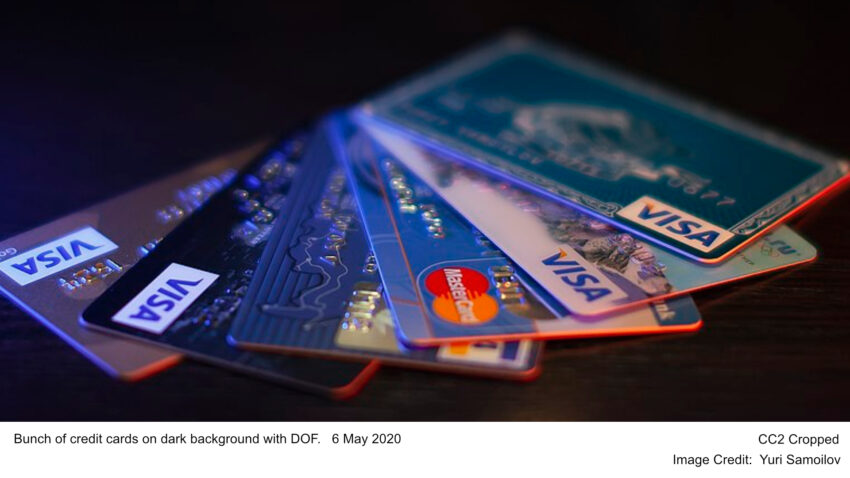Credit card defaults in the United States have reached their highest level in 14 years, highlighting a growing financial challenge for consumers. From January to September 2024, defaults skyrocketed to $46 billion, according to data analyzed by BankRegData. Economic factors like high inflation and rising debt levels have contributed to this situation, leaving many unable to meet their monthly obligations.
- U.S. credit card defaults reached $46 billion in 2024, the highest level in 14 years, driven by inflation and rising debt.
- Defaults occur after 180 days of missed payments, significantly damaging credit scores and limiting future borrowing opportunities.
- Experts recommend negotiating payment plans with banks, exploring credit counseling services, and making at least minimum payments to avoid default.
- Budget reviews, expense reductions, and exploring additional income are critical strategies to prevent financial strain from escalating.
A credit card default occurs when a borrower misses payments for over 180 days, approximately six months. At this point, banks often consider the debt uncollectible, explained Matt Sotir, a financial advisor with Equitable Advisors. This status can severely impact a person’s credit report, affecting their ability to borrow in the future.
The road to default begins with missed payments, leading to late fees, increased interest rates, and a lower credit score. After 30 days, the account becomes delinquent, further damaging credit scores. If unresolved for six months, the bank declares the account in default, potentially closing it and transferring the debt to collections, said Chip Lupo from WalletHub.
Once a collection agency takes over, they may pursue debt recovery through calls, emails, and even legal action. To prevent this, Sotir advises taking proactive steps. Engaging with banks or financial advisors early can help mitigate consequences.
Sotir emphasized the importance of negotiating with credit card companies. Since banks prefer repayment over writing off debts, they might offer payment plans or reduced interest rates. Non-profit credit counseling organizations can also provide guidance.
Rikard Bandebo, chief economist at VantageScore, suggests paying at least the minimum payment monthly if full payment isn’t feasible. Avoiding further delays is crucial to preventing defaults. Bandebo also advises exploring payment plans or transferring balances to a card with 0% interest, though fees may apply.
A default significantly impacts credit scores, reducing them by 60 to 100 points after a single missed payment. Defaults remain on credit reports for seven years, affecting future borrowing capabilities. Bandebo likens credit scores to reputations: they take time to build but can be quickly damaged.
For those struggling, reviewing budgets and reducing expenses is crucial. Sotir recommends considering additional income sources or liquidating assets if necessary. Family support may also be an option. Some banks offer hardship programs for managing large balances.
Bankruptcy should be a last resort after exploring all other options, Lupo advised. Addressing financial issues promptly can prevent long-term consequences. Bandebo urged individuals to seek alternatives early if budgets don’t allow for payment resumption.

